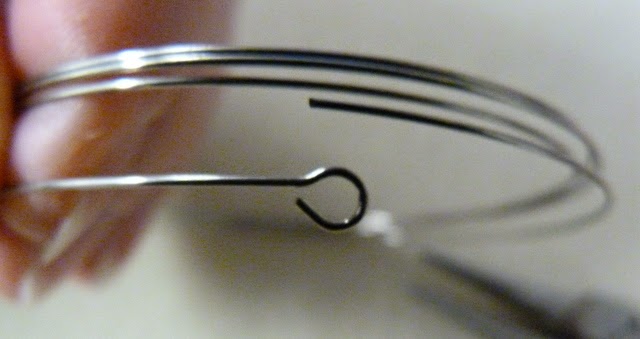For this weeks tutorial Tuesday instead of doing a tutorial myself I have compiled a list of 10
fun projects/tutorials that you (and the kids) can do over the Easter holidays from other fabulous bloggers.
I hope you like them as much as I do!
Supplies:
Polystyrene Easter Eggs can be found here.
Mod Podge can be found here.
Decopatch Papers here.
Tissue Paper here.
Buttons here.
Glitter here.
Felt here.
Washi Tape here.
Easter themed supplies here.
- Cute Button Egg
- Easter Marshmallow Bark
This just looks yummy!
- Salt Dough Egg Ornaments
Find a simple recipe for salt dough here.
- Yarn Eggs
Fill these with small chocolates or little gifts and use pastel coloured yarns to make cute Easter gifts.
- Tissue Paper Eggs
You could also use Decopatch papers.
- Glitter Eggs
If you don’t have plastic eggs you can always use a hard
boiled or blown-out egg.
- Paper Eggs
- Felt Shapes
Use felt and fill with fibrefill or cotton wool to make cute
Easter hanging decorations.
- Washi Tape Art
This could also be done with strips of paper and instead of
using the negative space you could place the strips onto a piece of paper and
then cut out an egg shape and add to cards, make tags etc.
- Simple Easter Paper Baskets
I hope you like this selection of Easter crafts that I have put together for you and hope that you have fun with some of them over the holidays.
Have a Happy Easter,
Maxine

















































